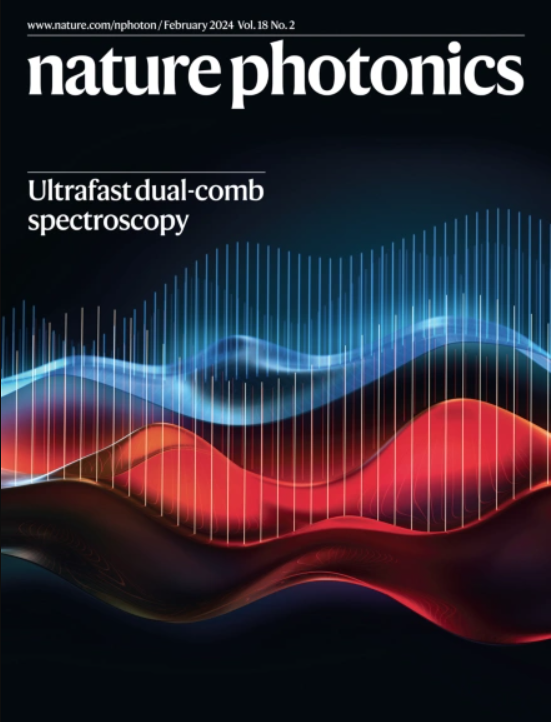连续变量量子密钥分配中的最大可容忍过量噪声及改进的双向容量下界
IF 32.3
1区 物理与天体物理
Q1 OPTICS
引用次数: 0
摘要
量子信道的双向容量决定了在没有量子中继器的情况下,由噪声传输线连接的遥远双方所能达到的最终纠缠和密匙分发率。由于中继器的建造和维护成本可能很高,因此量子通信的一个核心问题是了解在没有中继器的情况下可以达到什么样的性能。在这里,我们发现了所有对相位不敏感的玻色高斯信道(即热衰减器、热放大器和加性高斯噪声,它们是影响光纤或自由空间链路的噪声的现实模型)的能量受限和非受限双向量子和秘钥容量的新下限。在(反向)相干信息变为负值的参数范围内,我们的研究首次提出了双向量子容量的非零下限,并明确表明,当信道没有发生纠缠断裂时,纠缠分发总是可能的。这完全解决了该领域的一个关键性开放问题,即确定最大过量噪声,这在连续可变量子密钥分发中是可以容忍的。此外,我们的构造是完全显式的;也就是说,我们设计并优化了一个具体的纠缠分发和蒸馏协议,该协议通过结合递推和哈希协议来工作。本文章由计算机程序翻译,如有差异,请以英文原文为准。


Maximum tolerable excess noise in continuous-variable quantum key distribution and improved lower bound on two-way capacities
The two-way capacities of quantum channels determine the ultimate entanglement and secret-key distribution rates achievable by two distant parties that are connected by a noisy transmission line, in the absence of quantum repeaters. Since repeaters will likely be expensive to build and maintain, a central open problem of quantum communication is to understand what performances are achievable without them. Here we find a new lower bound on the energy-constrained and unconstrained two-way quantum and secret-key capacities of all phase-insensitive bosonic Gaussian channels, namely thermal attenuator, thermal amplifier and additive Gaussian noise, which are realistic models for the noise affecting optical fibres or free-space links. Ours is the first non-zero lower bound on the two-way quantum capacity in the parameter range where the (reverse) coherent information becomes negative, and it shows explicitly that entanglement distribution is always possible when the channel is not entanglement breaking. This completely solves a crucial open problem of the field, namely establishing the maximum excess noise, which is tolerable in continuous-variable quantum key distribution. In addition, our construction is fully explicit; that is, we devise and optimize a concrete entanglement distribution and distillation protocol that works by combining recurrence and hashing protocols. Lower bounds on the energy-constrained and unconstrained two-way quantum and secret-key capacities of all phase-insensitive bosonic Gaussian channels are provided. It proves that a non-zero capacity exists for all parameters where the phase-insensitive bosonic Gaussian channels are not entanglement breaking.
求助全文
通过发布文献求助,成功后即可免费获取论文全文。
去求助
来源期刊

Nature Photonics
物理-光学
CiteScore
54.20
自引率
1.70%
发文量
158
审稿时长
12 months
期刊介绍:
Nature Photonics is a monthly journal dedicated to the scientific study and application of light, known as Photonics. It publishes top-quality, peer-reviewed research across all areas of light generation, manipulation, and detection.
The journal encompasses research into the fundamental properties of light and its interactions with matter, as well as the latest developments in optoelectronic devices and emerging photonics applications. Topics covered include lasers, LEDs, imaging, detectors, optoelectronic devices, quantum optics, biophotonics, optical data storage, spectroscopy, fiber optics, solar energy, displays, terahertz technology, nonlinear optics, plasmonics, nanophotonics, and X-rays.
In addition to research papers and review articles summarizing scientific findings in optoelectronics, Nature Photonics also features News and Views pieces and research highlights. It uniquely includes articles on the business aspects of the industry, such as technology commercialization and market analysis, offering a comprehensive perspective on the field.
 求助内容:
求助内容: 应助结果提醒方式:
应助结果提醒方式:


